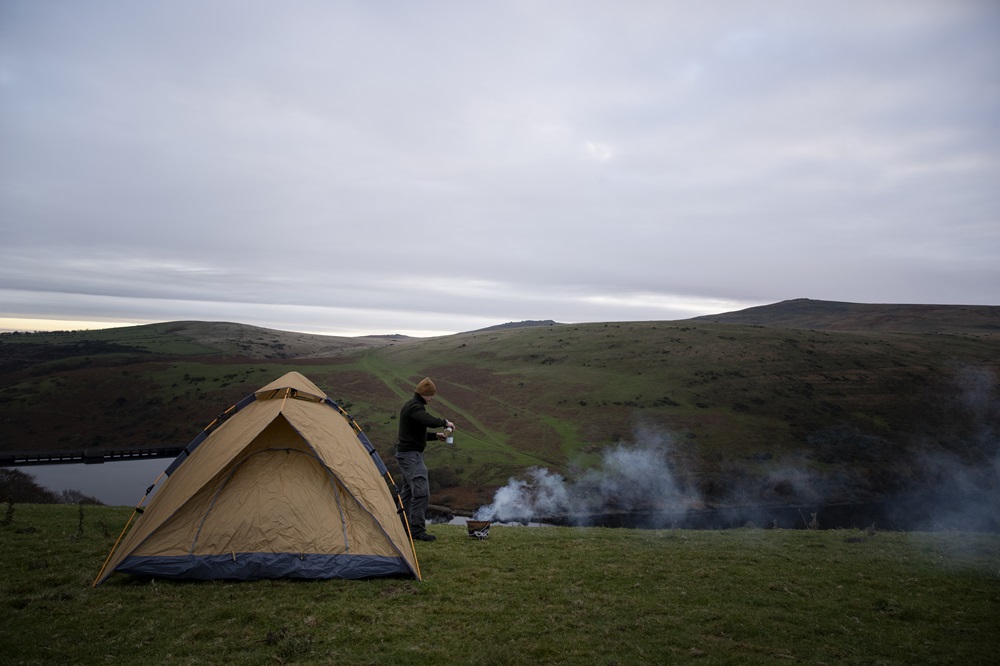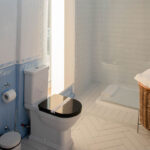Introducing the four season tent for sale – a popular option for campers needing durable and protective shelter in harsh weather conditions.
But buyer beware – used models often hide serious flaws.
As an experienced outdoor enthusiast, I want to help you avoid disappointment by highlighting the top sneaky issues to check for….
Zippers – Your First Line of Defense
Damaged zippers spell doom for keeping wind and rain out of your cozy tent. When assessing a used four season tent for sale, slowly zip and unzip each zipper while feeling for snags and blockages.
Listen for crunching sounds – a telltale sign of broken zipper teeth. Also confirm each slider moves smoothly without catching.
Carefully inspect the zipper tracks too. If the edges appear frayed or threads are poking out, likely they will soon split open. Any tent with deteriorating tracks should be crossed off your list.
While you’re checking the zippers, run a fingertip along the taped seams near them. Does it feel smooth? Or can you detect holes, gaps or peeling tape? Any obvious defects here make the tent risky.
I know – tediously inspecting every zipper and seam takes patience. But this step can prevent being stuck with a useless tent after just a few uses. Taking 15 minutes now to thoroughly assess condition means you’ll have years of weatherproof performance ahead.
Rainfly Fabric – Mold is Not Your Friend
Ahh, nothing like slipping into a cozy sleeping bag in a tent during a heavy downpour…unless mold is attacking the rainfly! This unpleasant surprise ruins many used tent purchases.
Mold takes hold when water soaks into the rainfly fabric, instead of shedding it. Over time, permeation through tiny holes makes mold inevitable.
Check for early signs of moisture seepage:
- Dark spots or patches on interior fabric
- Visible mold around crevices, seams and folds
- Musty smell when boxed up
- Heavier weight of stored rainfly
Don’t be bashful about unleashing a heavy spray onto the rainfly during inspection. I recommend fifteen seconds per square foot. Watch closely for any drips showing through, then check inside for leaks.
Yes, you’ll create a mini monsoon indoors – but it’s the only way to avoid a miserably wet camping experience later.
If no leaks appear after a thorough soaking, mold infestation will be kept at bay too. That’s great news for your wallet and weekend getaway plans!
Tent Poles – Where Sturdy Structure Starts
A four season tent must endure whipping winds, dumping snowloads and lashing storms. This challenging environment demands super solid tent poles as the “skeleton” to withstand elements.
Warning signs of inadequate poles include:
- Bends or dents: Weak points that threaten collapse
- Corrosion: Rust = exponentially faster breakage
- Cracks or splinters: Poles lose integrity and snap easier
Check every inch of each pole carefully. Rub corrosion to test if just surface stain vs weaker underlying metal. Bend slightly to gauge resilience; fiberglass and aluminum poles shouldn’t bend at all when handling reasonably.
Tap poles to listen for worrisome hollow or cracking sounds indicating imminent failure. Press on sections seeking splintered carbon fiber or cracked plastic connectors if present.
One flawed pole can quickly place enormous stress on others until all crash down. Avoid tents with any less-than-pristine poles.
While inspecting poles, confirm adequate cord tension and stake supply too. Loose adjustments lead to pole strain then breakage when weather pounds the tent.

Inspect Further Key Areas
Zippers, rainfly, and poles make up the “big three” to scrutinize hardest when assessing a used tent. But don’t stop detective work there! Be sure to check these other common problem zones:
| Area | What to Check For |
| Floor | Significant worn spots, holes/tears, delamination, dripping when wet |
| Mesh | Holes, snags, uneven tension, tearing at edges |
| Guy lines & loops | Fraying, deterioration, missing/defective adjusters |
| Entry flaps | Tears in fabric or stitching, seam issues |
| Interior hooks | Securely sewn, able to hold gear weight |
| Tent bag | Mold, tears, zipper issues, deteriorated fabric |









